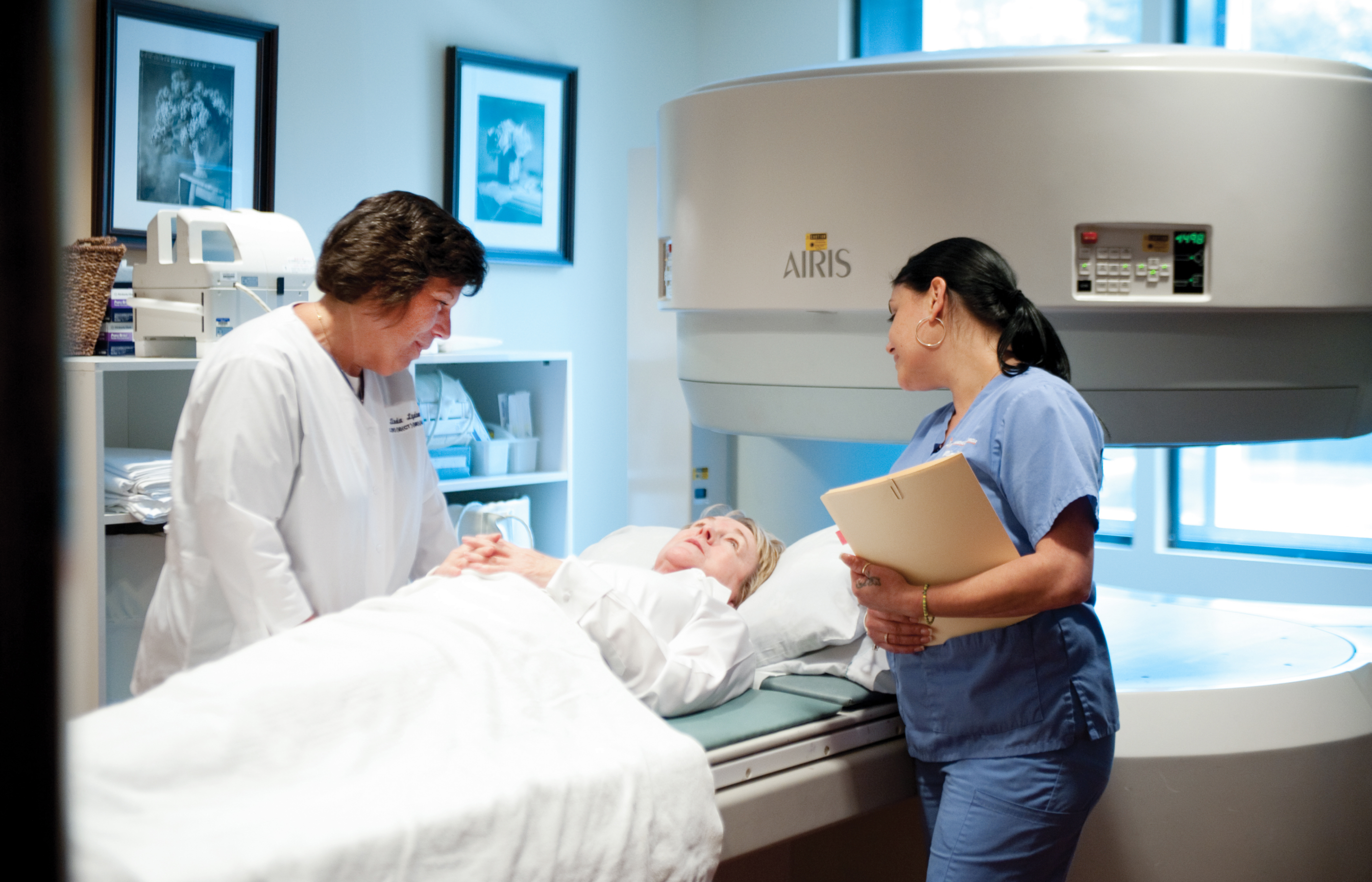Imaging
Imaging services that put you and your health first
At Novant Health, your medical images are more than just scans. They are stories about a person who deserves prompt, accurate, and compassionate answers about what may be going on inside their body. Our teams are committed to finding answers for you so you can get put on the right care plan you need to live at your best.
There is not an imaging need, simple or advanced, that you cannot access within the Novant Health network. And, with imaging centers located across the region, we make accessing those services convenient.
Schedule Your Imaging Appointment.
Imaging Appointments
To get an appointment for most diagnostic imaging procedures, you typically must have a referral and physician's order. Start with talking with your primary care provider about your concern. They can help get you on the path to getting an imaging referral if needed. Novant Health imaging centers accept all physician imaging orders.
If you have had a previous imaging procedure and need new images, you do not need go back to the same imaging center you went to before. Our radiologists can request the images from your previous exam(s) to compare to your new results.
It is important that you keep your scheduled imaging appointment. If you will be late due to an emergency, please call our scheduling team as soon as possible to cancel or reschedule.
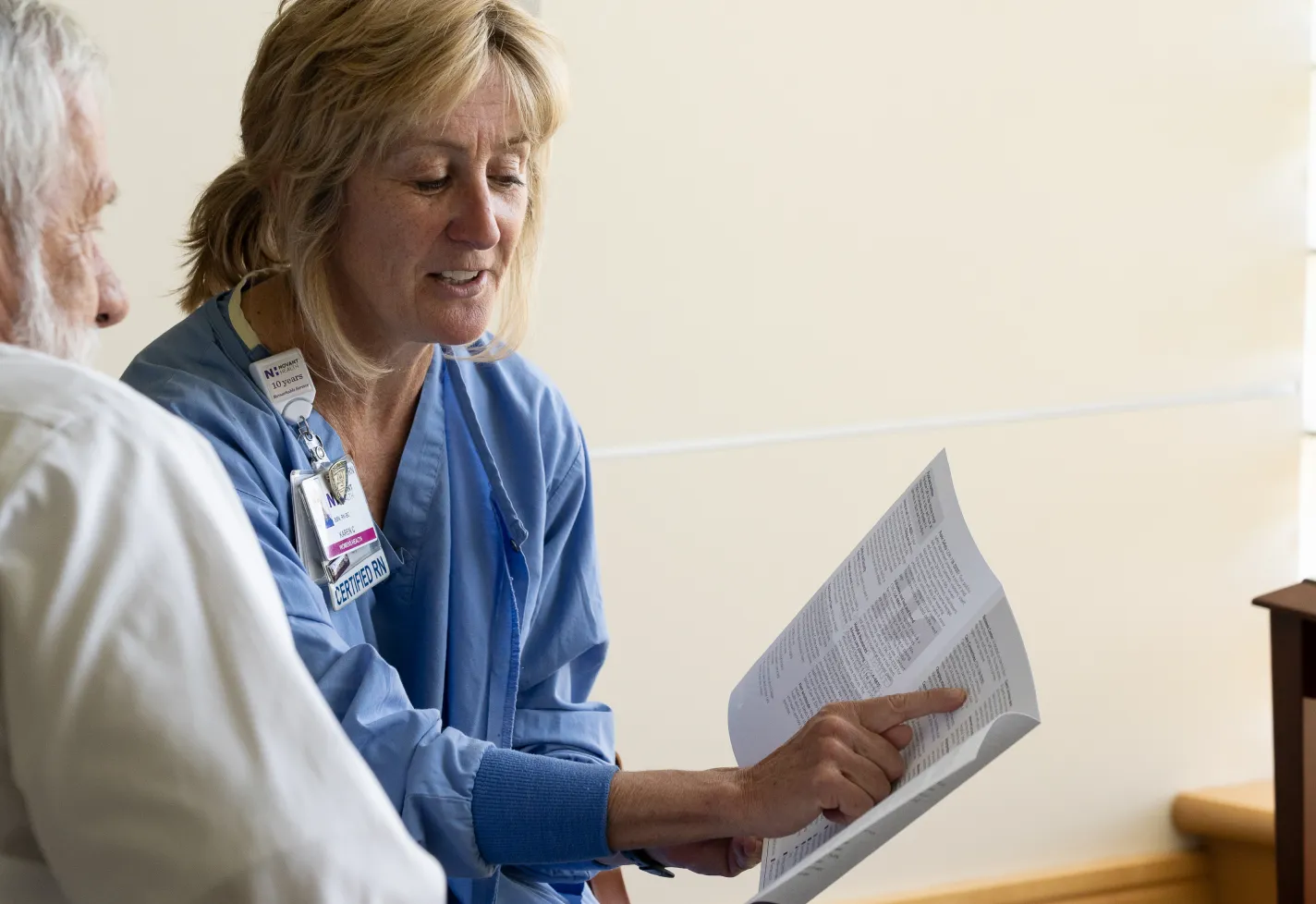
Costs & Insurance
Insurance company approval may be required (“prior authorization”) even with valid imaging orders from your provider.
Appointment costs vary depending on specific procedure, your insurance coverage, and the imaging center. Good faith estimates are provided and discounted services may be available if you don't have insurance.
Be sure to take advantage of our many free healthcare cost resources — including financial navigators — to learn more.
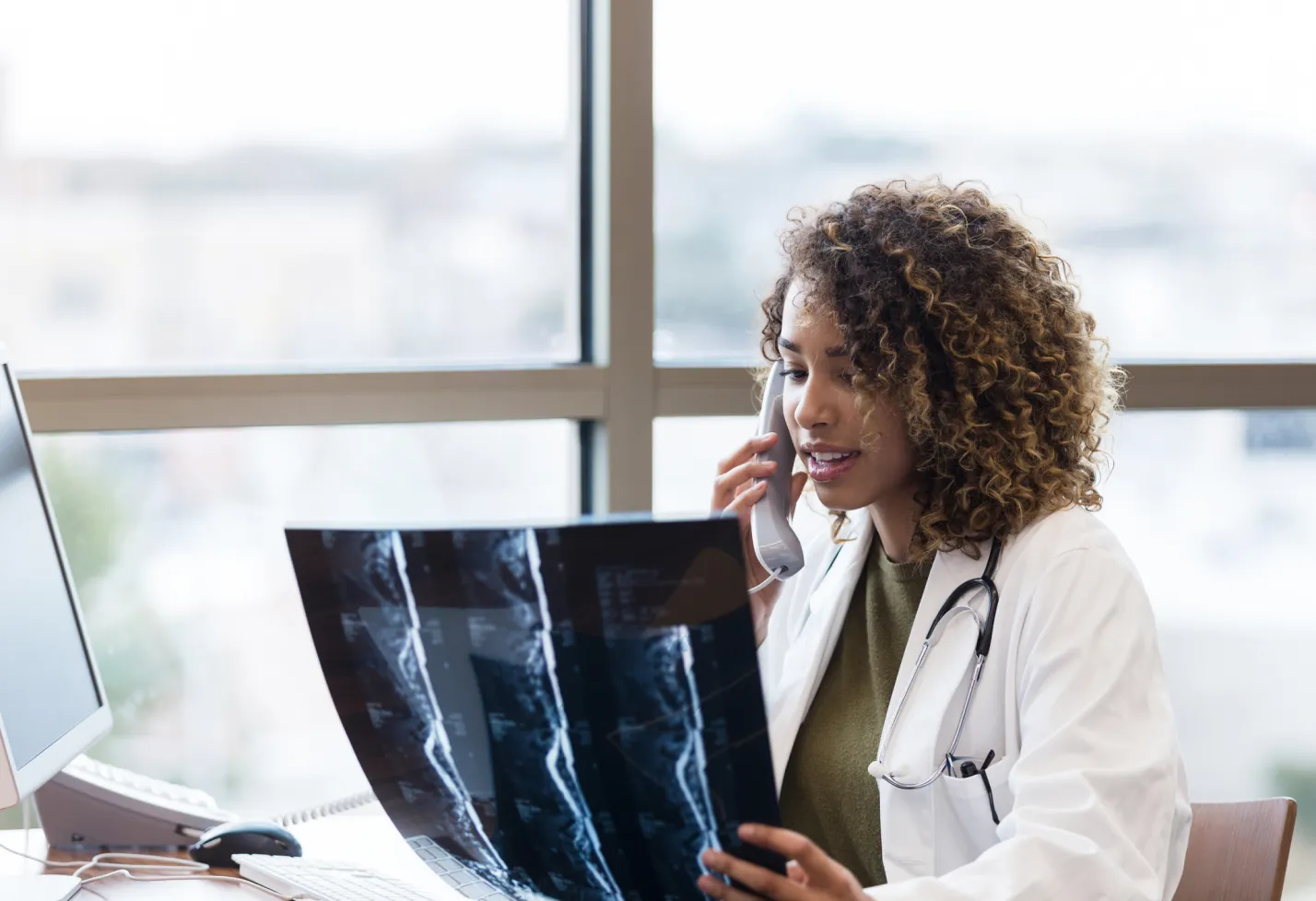
Your Imaging Results
A radiologist will review your medical images and report their findings to your doctor 24 to 72 hours after your exam. (Your doctor can also request to view the images online.) Your doctor will contact you to discuss your results and any next steps.
Take advantage of Novant Health MyChart to:
- View your imaging results as soon as they’re available
- Contact your doctor
- Set up follow up appointments
The Importance of Mammograms
Getting a mammogram is one of the easiest, yet most important, steps you can take to protect your breast health. Did you know you can schedule your routine screening mammogram online in minutes, without a referral from your doctor?
Use the following links to view locations near you and choose a convenient date and time for your mammogram. (Patients in the Wilmington area can conveniently schedule using MyChart.) Many locations offer extended hours, making it easy for you to take control of your health.
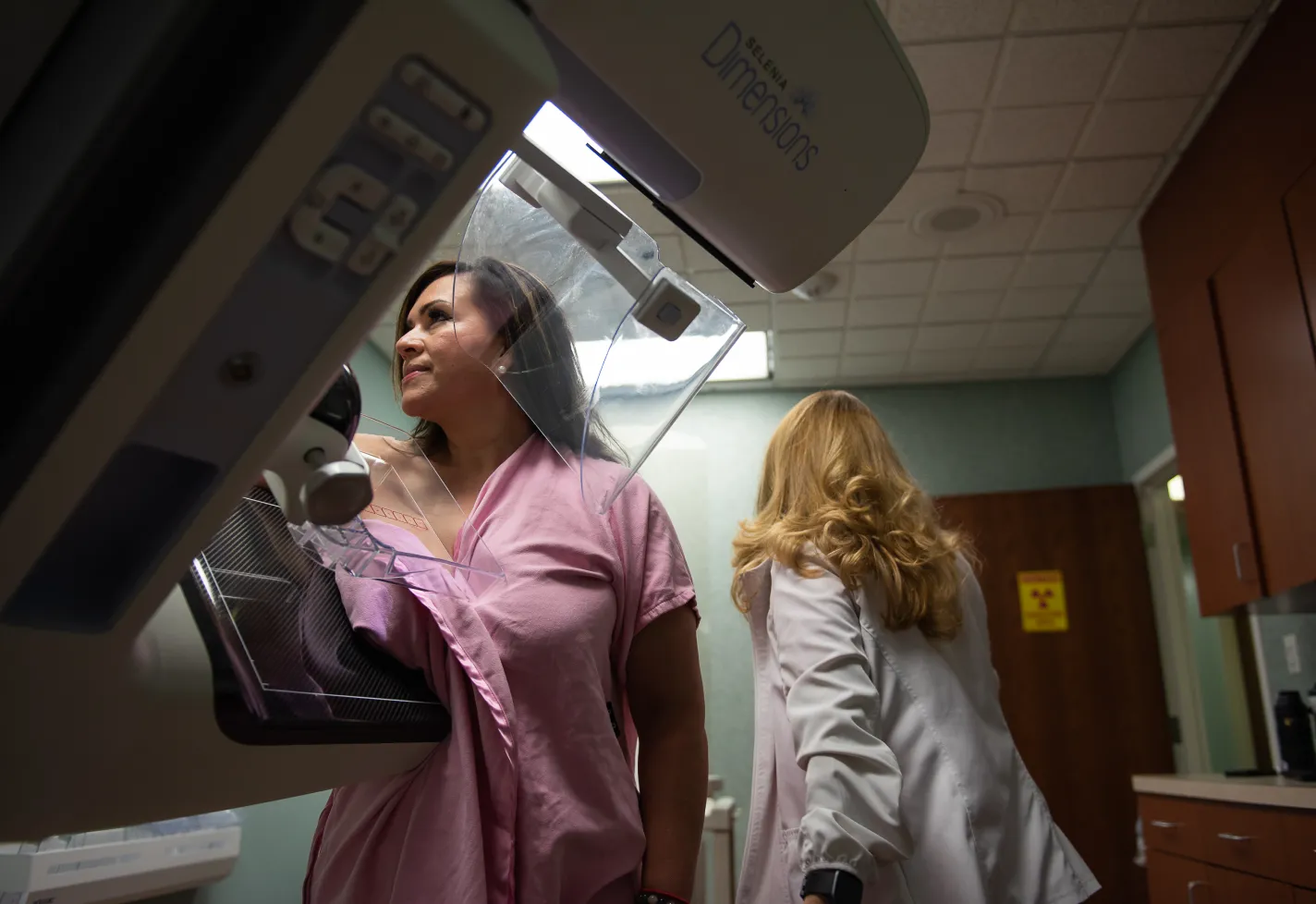
Find Imaging Centers Near You.
The care team referring you for imaging may help you set up your appointment at a particular location. You can also choose to schedule your imaging appointment at the imaging center most convenient to you. Visit individual imaging center websites to learn which specific types of imaging are offered or to schedule at that location.
What Imaging Is Used to Measure
Your doctor may refer you for diagnostic imaging to look for signs that you may have or be at risk for or have certain illnesses, infections, injuries, and other conditions. The following are examples of areas of your health these tests might measure, and the types of imaging most often used for each area.
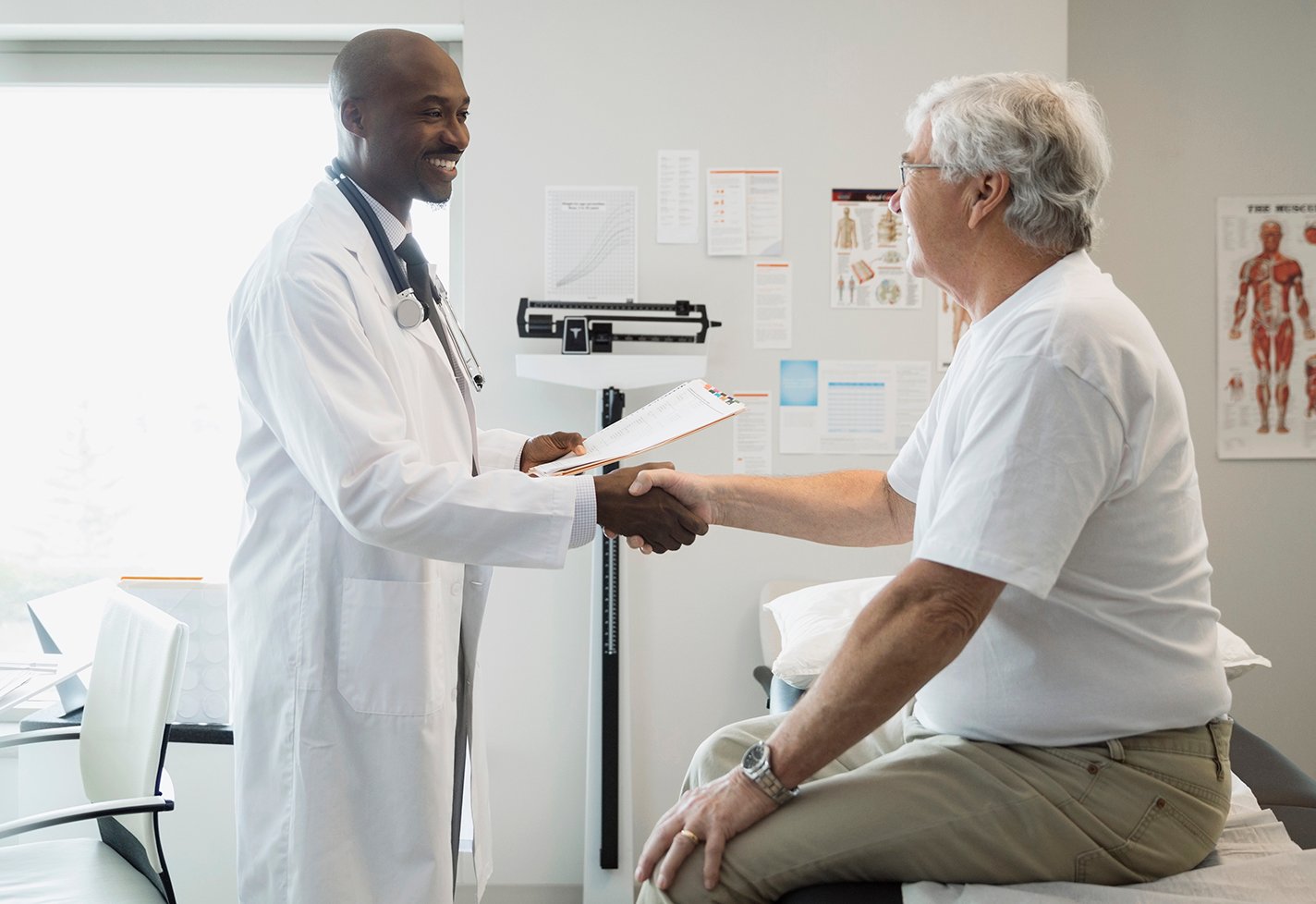
Referring a Patient?
If you're a referring physician or healthcare professional, we can help you find the right specialist, programs and services for your patient.
